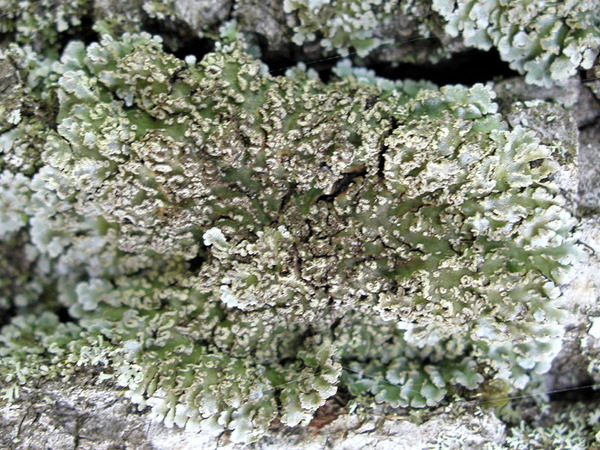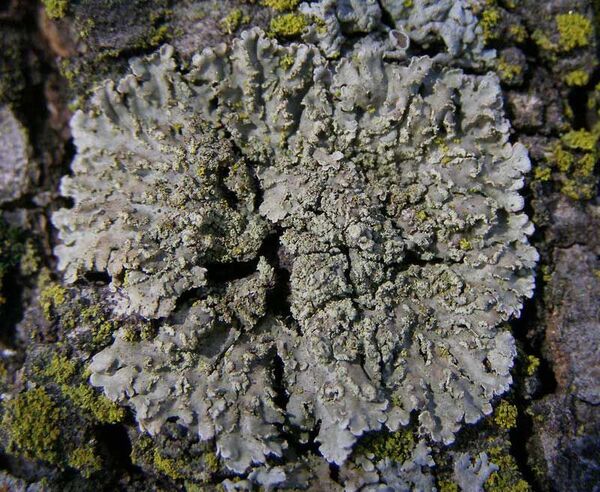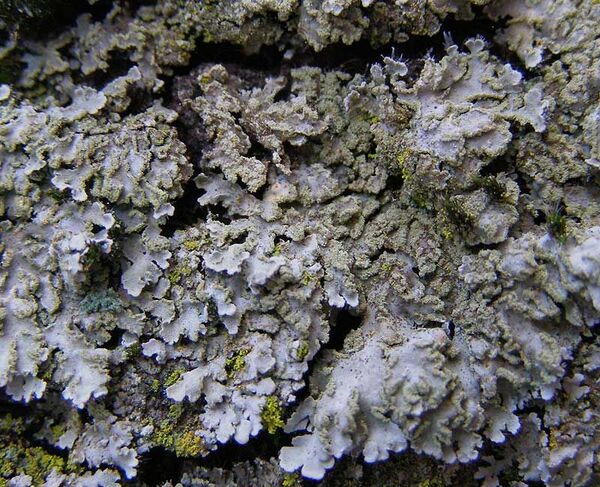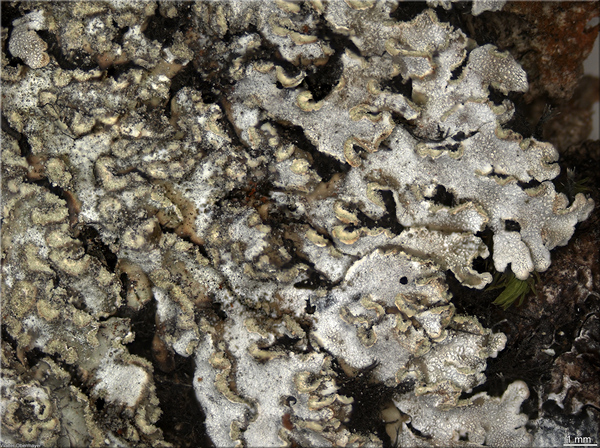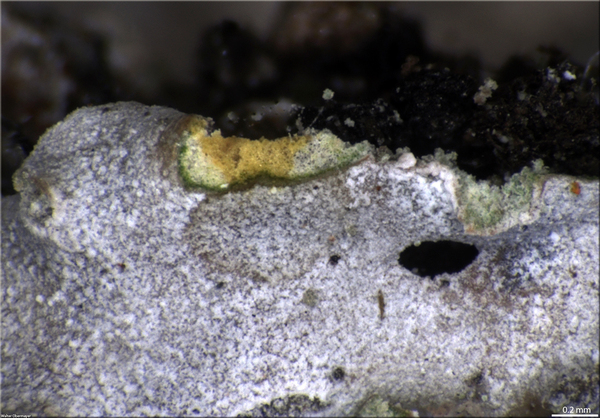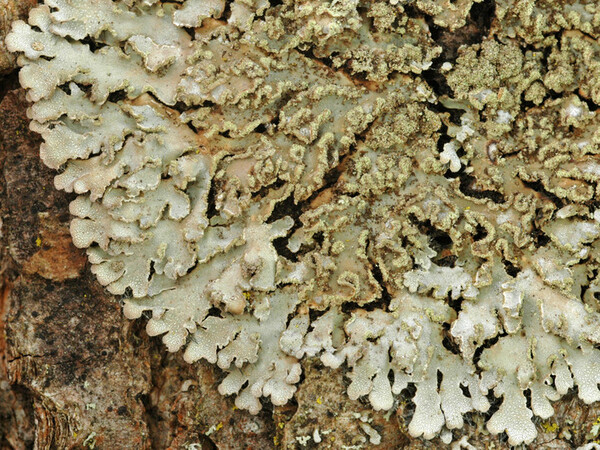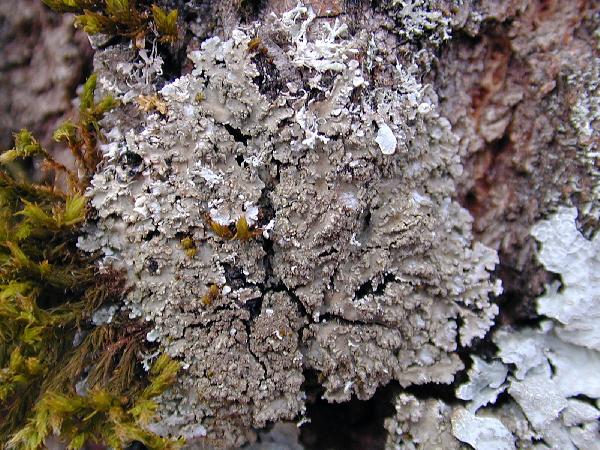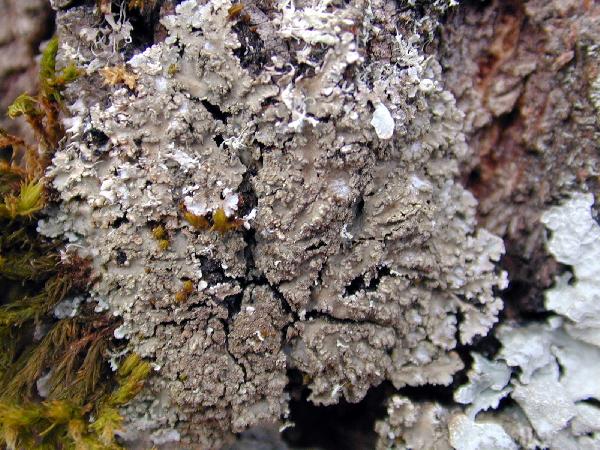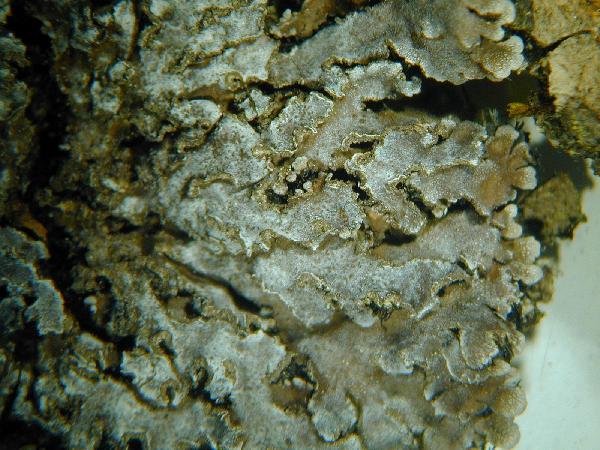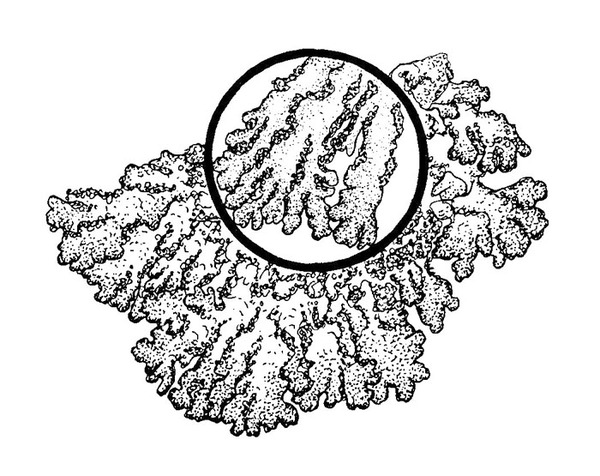Physconia enteroxantha (Nyl.) Poelt
Nova Hedwigia, 12: 125, 1966. Basionym: Physcia enteroxantha Nyl. - Flora, 56: 196, 1873.
Synonyms: Physcia enteroxanthella (Harm.) H. Olivier; Physcia leucoleiptes auct. eur. non (Tuck.) Lettau; Physcia subdetersa Nyl.
Distribution: N - VG (Castello & Skert 2005), Frl, Ven (Caniglia & al. 1999, Valcuvia & al. 2000c), TAA (Thor & Nascimbene 2007, Nascimbene & al. 2007b, 2022, Nimis & al. 2015), Lomb (Brusoni & al. 1997, Brusoni & Valcuvia 2000, Valcuvia & al. 2003, Gheza 2019, Gheza & al. 2023), Piem (Morisi & Sereno 1995, Roella 1999, Valcuvia 2002, 2002b, Piervittori 2003, Castino 2004, Furlanetto 2010), VA (Piervittori & Maffei 1996, Piervittori & Isocrono 1999), Emil (Bassi 1995, Gasparo & Tretiach 1996, Fariselli & al. 2020), Lig (Otte & al. 2002, Giordani & al. 2002, 2025, Brunialti & Giordani 2003, Watson 2014). C - Tosc (Loppi & al. 1996c, Benesperi & Lastrucci 2007, Lastrucci & al. 2009, Brackel 2025), Umb (Ravera 2000, Ravera & al. 2006), Laz (Ruisi & al. 2005, Ravera & Genovesi 2008, Zucconi & al. 2013), Abr (Olivieri & al. 1997, 1997b, Loppi & al. 1999, Nimis & Tretiach 1999, Corona & al. 2016, Gheza & al. 2021), Mol (Nimis & Tretiach 1999, Caporale & al. 2008, Caporale & Ravera 2020), Sar (Monte 1993, Zedda 1995, 2002, 2002b, Nöske 2000, Zedda & Sipman 2001, Zedda & al. 2001, Rizzi & al. 2011, Cossu 2013, Neuwirth 2018, Brackel & Berger 2019, Di Nuzzo & al. 2022). S - Camp (Brackel 2021), Pugl (Nimis & Tretiach 1999), Bas (Nimis & Tretiach 1999, Brackel 2011), Cal (Puntillo 1996), Si (Nimis & al. 1996b).
Description: Thallus foliose, heteromerous, dorsiventral, narrow-lobed, forming irregular, rarely orbicular, up to 6 cm wide rosettes. Lobes linear, discrete to partly imbricate, (0.8-)2-3 mm broad, flat to irregularly concave, grey-brown to brown, coarsely pruinose at margins and tips, with primarily marginal, elongate, dirty yellow soralia tending to become laminal in older parts, the soredia coarsely granular to almost isidioid. Lower surface pale brown at the periphery, soon darkening inward to dark brown or black, with dark, squarrose rhizines. Upper cortex paraplectenchymatous; medulla usually pale yellow, sometimes white; lower cortex irregularly prosoplectenchymatous. Apothecia rare, lecanorine, c. 2 mm across, with a sorediate thalline margin. Epithecium brown; hymenium and hypothecium colourless; paraphyses slender, simple or forked in upper part, the apical cells clavate, with a thin, dark brown cap. Asci 8-spored, clavate, the K/I+ blue tholus penetrated by a faintly amyloid apical cushion with parallel or diverging flanks, the wall K/I-, surrounded by a K/I+ blue outer layer, Lecanora-type. Ascospores 1-septate, brown, ellipsoid, (25-)28-35(-38) x (15-)16-19(-21) µm, thickened at septum but not at apices, Physconia-type. Pycnidia rare, immersed. Conidia 4-6 x c. 1 µm. Spot tests: upper cortex K-, C-, KC-, P-, UV-; medulla K+ yellowish (sometimes faintly), C-, KC+ yellow,-orange, P-; soralia K+ and KC+ yellowish or K-, KC-, UV+ orange. Chemistry: medulla and soralia with variable amounts of secalonic acid A. Note: a Mediterranean to temperate species found on isolated trees, sometimes on mossy rocks; most frequent in Southern Italy and along the Tyrrhenian coast at low altitudes (below 800 m), much rarer elsewhere.
Growth form: Foliose, narrow lobed
Substrata: bark and rocks
Photobiont: green algae other than Trentepohlia
Reproductive strategy: mainly asexual, by soredia, or soredia-like structures (e.g. blastidia)
Most common in areas with a humid-warm climate (e.g. most of Tyrrenian Italy)
Commonnes-rarity: (info)
Alpine belt: absent
Subalpine belt: absent
Oromediterranean belt: absent
Montane belt: very rare
Submediterranean belt: rare
Padanian area: extremely rare
Humid submediterranean belt: rather rare
Humid mediterranean belt: rare
Dry mediterranean belt: extremely rare
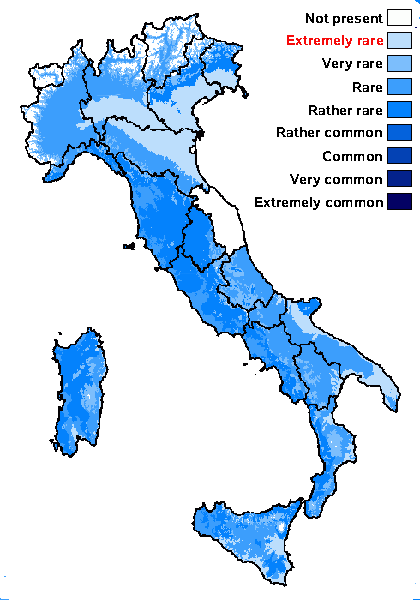
Predictive model
Herbarium samples

Ulrich Kirschbaum CC BY-SA 4.0 - Source: https://www.thm.de/lse/ulrich-kirschbaum/flechtenbilder
Central Europe
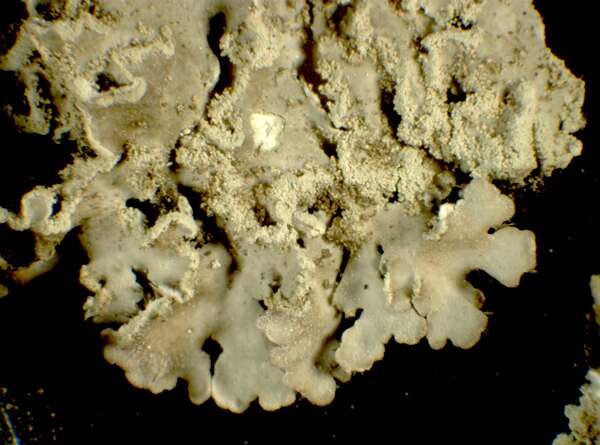

P.L. Nimis; Owner: Department of Life Sciences, University of Trieste
Herbarium: TSB (13290)
2001/12/05


P.L. Nimis; Owner: Department of Life Sciences, University of Trieste
Herbarium: TSB (13290)
2001/12/05
detail of lobe with pruina and soralia
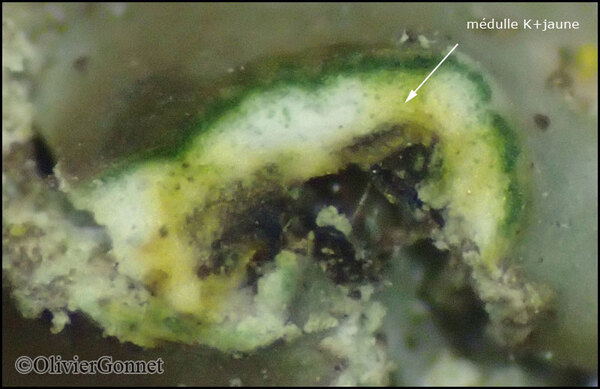
Courtesy Danièle et Olivier Gonnet - Source: https://www.afl-lichenologie.fr/Photos_AFL/Photos_AFL_P/Text_P_3/Physconia_enteroxantha.htm
France, 27/2/2019 - sur acacia - Poleymieux - Rhône
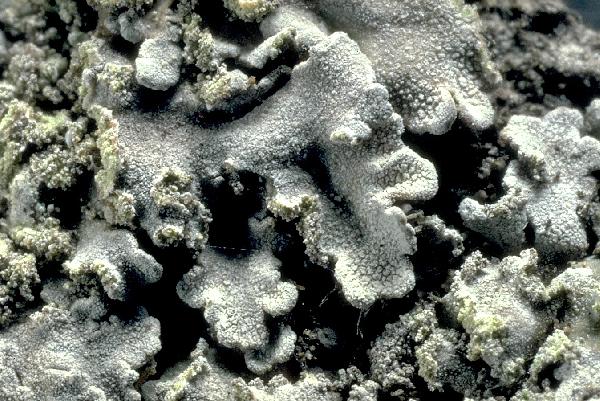
Ulrich Kirschbaum CC BY-SA 4.0 - Source: https://www.thm.de/lse/ulrich-kirschbaum/flechtenbilder
Central Europe
Growth form: Foliose, narrow lobed
Substrata: bark and rocks
Photobiont: green algae other than Trentepohlia
Reproductive strategy: mainly asexual, by soredia, or soredia-like structures (e.g. blastidia)
Most common in areas with a humid-warm climate (e.g. most of Tyrrenian Italy)
Commonnes-rarity: (info)
Alpine belt: absent
Subalpine belt: absent
Oromediterranean belt: absent
Montane belt: very rare
Submediterranean belt: rare
Padanian area: extremely rare
Humid submediterranean belt: rather rare
Humid mediterranean belt: rare
Dry mediterranean belt: extremely rare

Predictive model
| Herbarium samples |

Ulrich Kirschbaum CC BY-SA 4.0 - Source: https://www.thm.de/lse/ulrich-kirschbaum/flechtenbilder
Central Europe


P.L. Nimis; Owner: Department of Life Sciences, University of Trieste
Herbarium: TSB (13290)
2001/12/05


P.L. Nimis; Owner: Department of Life Sciences, University of Trieste
Herbarium: TSB (13290)
2001/12/05
detail of lobe with pruina and soralia

Courtesy Danièle et Olivier Gonnet - Source: https://www.afl-lichenologie.fr/Photos_AFL/Photos_AFL_P/Text_P_3/Physconia_enteroxantha.htm
France, 27/2/2019 - sur acacia - Poleymieux - Rhône

 INDEX FUNGORUM
INDEX FUNGORUM
 GBIF
GBIF
 DOLICHENS
DOLICHENS
